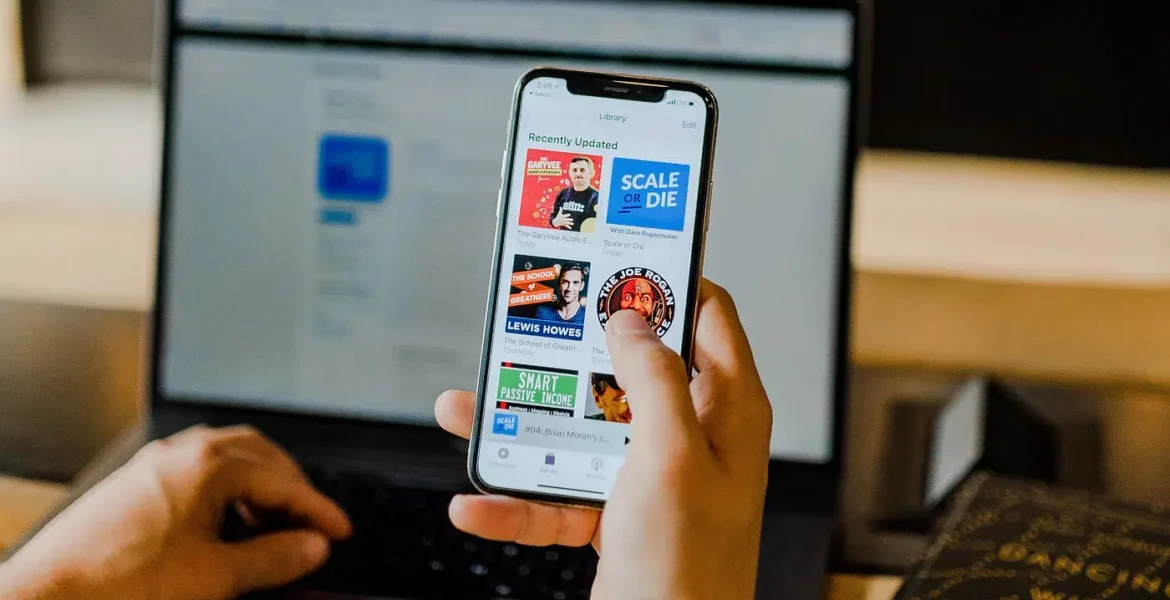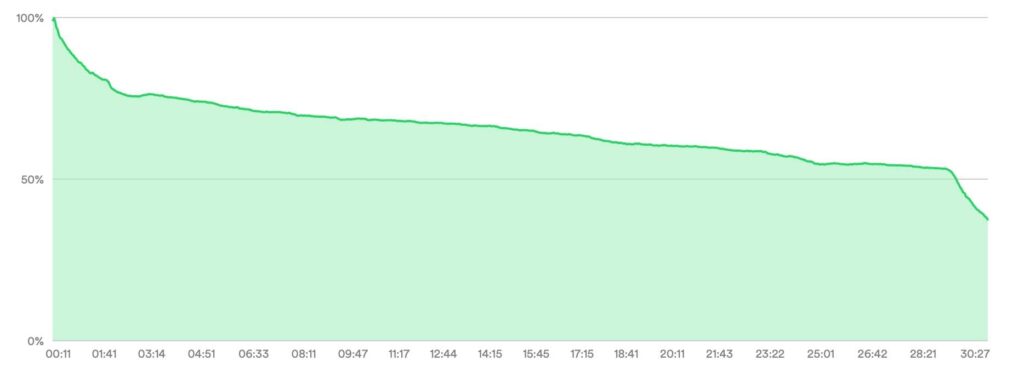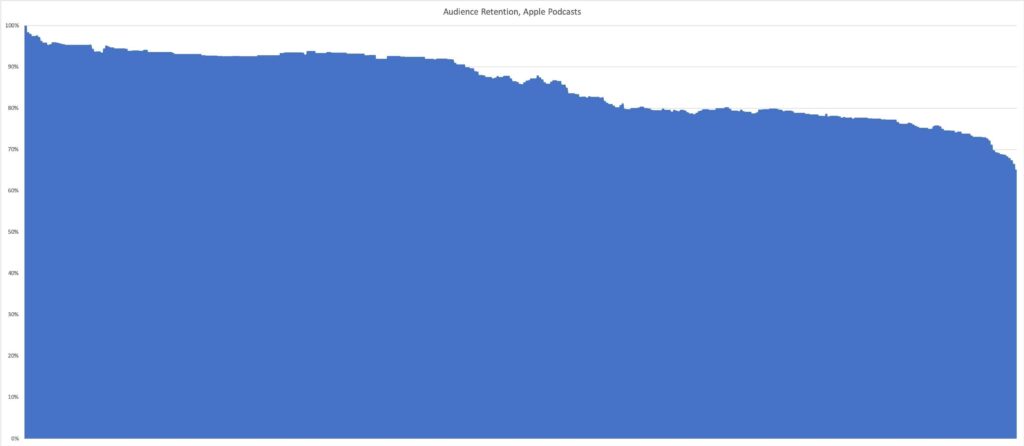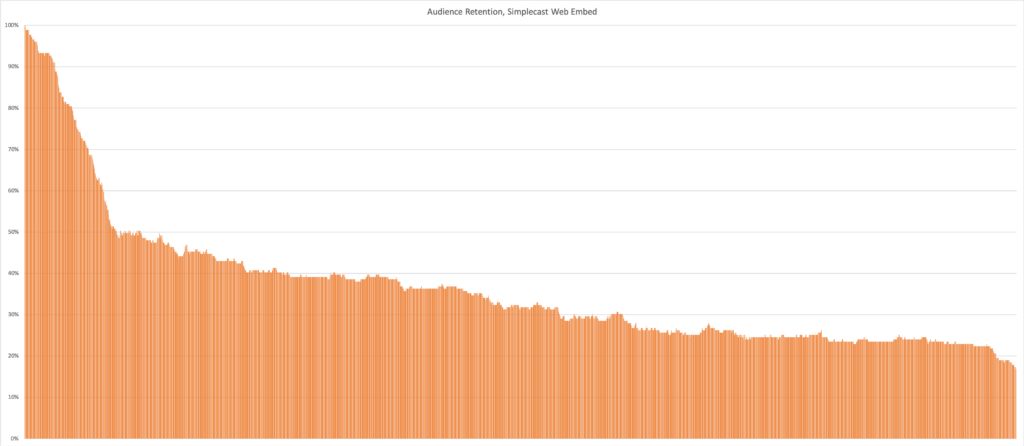App listening vs. web listening 📱🖥

Some people listen to podcasts in web browsers on their computer.
But most people listen to podcasts in mobile apps.
We’ve known this for years, thanks in part to download statistics, where apps like Apple Podcasts tend to dwarf download figures from desktop and mobile web browsers, and research like The Podcast Consumer 2019, which tells us that 65% of monthly listeners say their “device used most often to listen to podcasts” is a smartphone or other portable device.
This week, I learned even more about the difference between app listening and web listening, and how to make smarter decisions about where to send potential new listeners.
Simplecast’s new web player analytics
Earlier this week, Simplecast unveiled Web Player Analytics.
Several of Pacific Content’s clients host their shows with Simplecast, and many of them use Simplecast’s embedded players on their websites, which means we can now see audience retention data from web plays.
This is in addition to the audience retention data we already get from Apple Podcasts and Spotify:


Here at Pacific Content, we treat audience retention as a useful proxy for editorial quality. It’s how we can tell if we’re doing our job of making amazing, creatively brave shows that audiences want to spend time with.
Typically, we aim for as flat a line as possible. Sudden drop-offs or spikes suggest listeners are tuning out, fast-forwarding, or skipping around. When you start to understand how listeners engage with your episodes, you can make better episodes.
App listening vs. web listening
Now that we have audience retention data from web players and apps, we can compare consumption patterns. Let’s look at two audience retention charts for the exact same episode:


As you can see, the difference is striking.
Listeners in Apple Podcasts made it all or most of the way through the entire episode, while many listeners on the web dropped off within the first few minutes.
This pattern was consistent across a number of shows I analyzed.
To be clear, I don’t see the steep dropoff in web listening as a bad thing. Far from it. To me, it suggests sampling: potential new fans checking out the show on the web, kicking the tires to see if it’s a fit for them.
And of course, we don’t know what those web listeners did after they dropped off. Maybe they disappeared and never came back. Or perhaps they loved what they heard and clicked a link to a podcast app to continue listening there.
Here’s the point: your podcast website should include an audio player so listeners can sample your show. But don’t be surprised if they don’t listen to the entire thing in a browser tab.
In marketing terms: audio embeds are for skimmers. Podcast apps are for dippers and divers. Send traffic accordingly.
Remember
- Most people listen to podcasts in podcast apps, not on the web
- App listens tend to last longer than web listens
- Every podcast needs a website. Just don’t expect lots of long-form listening to happen there.
- If your website includes an audio player, make sure it also includes relevant links to podcast apps. Make it easy for listeners to sample, then make it easy for listeners to leave your site to listen in a podcast app.
Sign up for the Pacific Content Newsletter: audio strategy, analysis, and insight in your inbox. Once a week.
